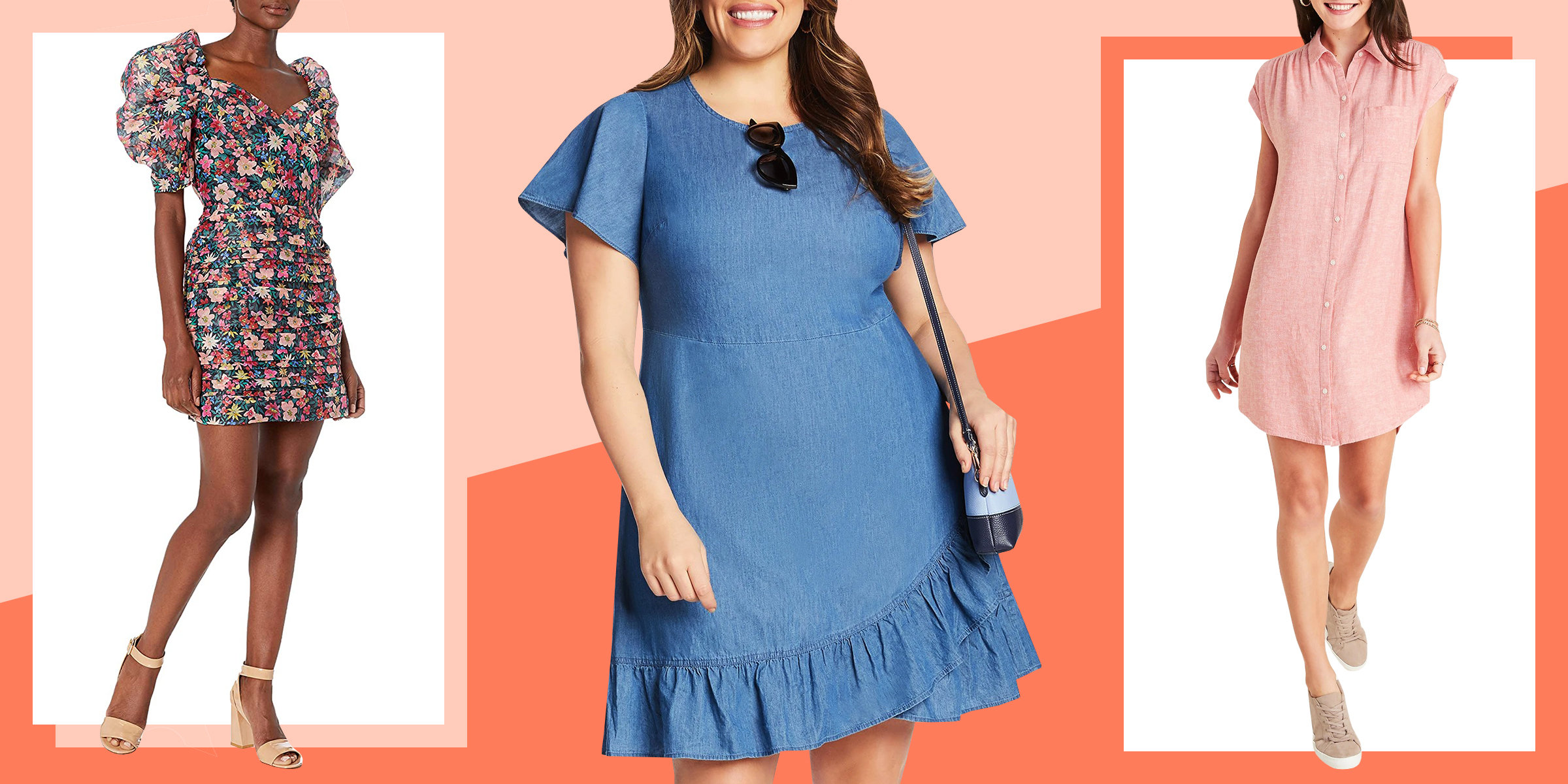
Colors and styles play a crucial role in the world of fashion. Fashion is a form of self-expression, and the use of colors and styles is one of the most effective ways to convey a message about a person’s personality and mood. Colors and styles are also important in fashion terminology as they help to define and categorize different types of clothing, accessories, and trends. Colors are an essential aspect of fashion. They can evoke emotions and set the tone for an outfit. Some colors are associated with certain moods or feelings. For example, red is often associated with passion, power, and energy, while blue is associated with calmness and stability. Colors can also have cultural or symbolic meanings. For example, red is considered a lucky color in Chinese culture, while black is associated with mourning in many Western cultures.
In fashion terminology, colors are often used to describe specific types of clothing or accessories. For example, a little black dress is a classic staple in any woman’s wardrobe, while a red carpet dress is typically a formal, glamorous gown worn by celebrities. Colors are also used to describe trends or styles. For example, neon colors were popular in the 1980s, while pastel colors were popular in the 1950s. Styles are another important aspect of fashion terminology. Styles refer to the overall look and design of a piece of clothing or accessory of terms in fashion. They can be influenced by different eras, cultures, or fashion movements. For example, the flapper style of the 1920s was characterized by short hemlines, dropped waists, and loose-fitting garments, while the hippie style of the 1960s was characterized by flow fabrics, bold prints, and a bohemian vibe.
Styles can also be categorized by their fit or silhouette. For example, a pencil skirt is a style of skirt that is fitted and typically falls to the knee, while a maxi dress is a style of dress that is long and flow. Styles can also be categorized by their function or occasion. For example, a cocktail dress is a style of dress that is typically worn to semi-formal events, while a sundress is a style of dress that is typically worn to casual outdoor events. Fashion terminology also uses styles to describe different types of clothing and accessories. For example, a trench coat is a style of coat that is typically made of a waterproof material and has a belted waist, while a bomber jacket is a style of jacket that is typically made of a lightweight fabric and has a fitted waistband and cuffs. Styles are also used to describe different types of footwear, such as sandals, boots, and sneakers. In addition to these terms, there are many other specialized fashion terminologies that are used within the industry. For example, a pattern maker is someone who creates the patterns used to cut and sew garments. This is a highly skilled profession that requires a deep understanding of garment construction and sewing techniques.

Colors and styles often work together to create a cohesive fashion statement. For example, a monochromatic outfit consists of different shades of the same color, while a complementary outfit consists of colors that are opposite each other on the color wheel. A color blocking outfit consists of two or more bold, contrasting colors that are worn together. Fashion terminology also uses patterns and prints to describe different styles of clothing and accessories. Prints refer to graphic images, such as animal prints, abstract prints, or typography prints. Patterns and prints can add visual interest to an outfit and can be used to create a certain mood or vibe. In conclusion, colors and styles are essential elements of fashion terminology. They help to define and categorize different types of clothing, accessories, and trends. Colors can evoke emotions and have cultural or symbolic meanings. Styles refer to the overall look and design of a piece of clothing or accessory and can be influenced by different eras, cultures, or fashion movements.